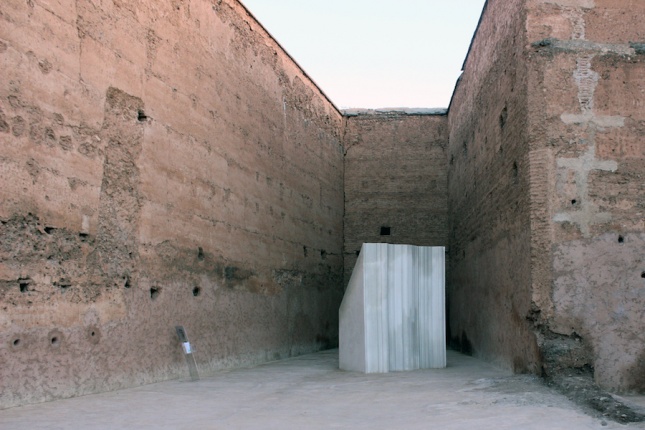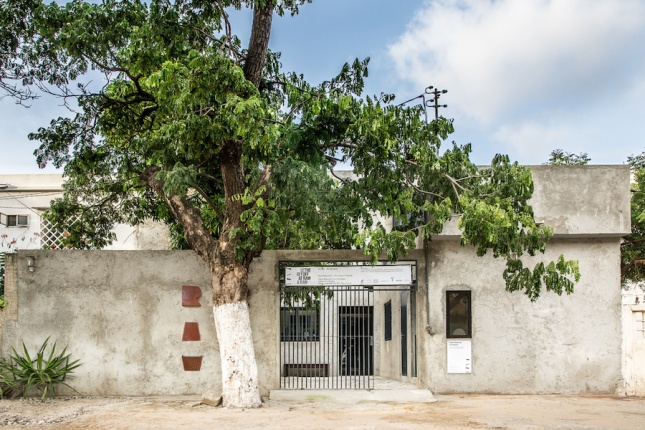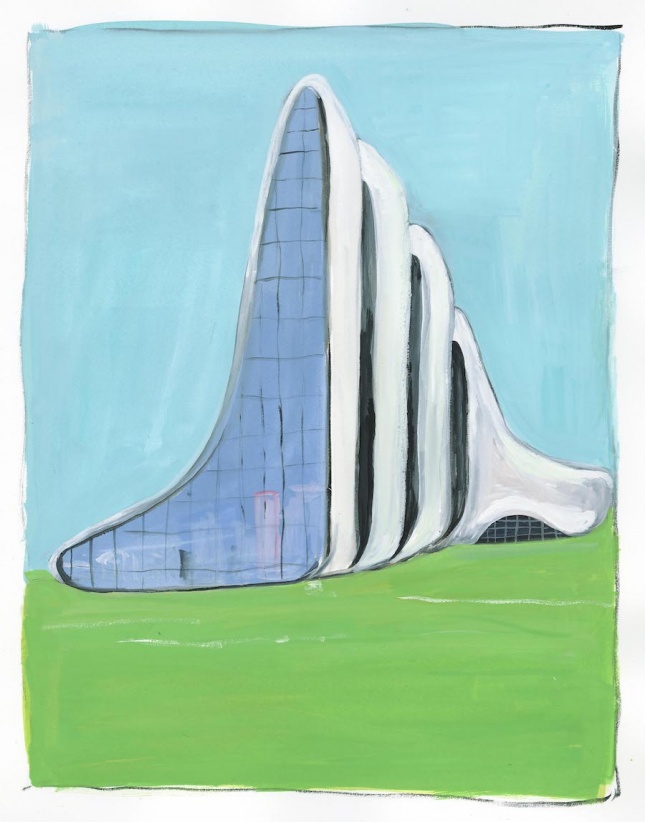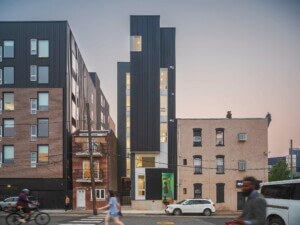The Carnegie International is the oldest exhibition of contemporary art in North America, founded by industrialist Andrew Carnegie in 1896 just one year after the first Venice Biennale. The exhibition was designed to help identify the “Old Masters of tomorrow.” The recent announcement of participating artists in the 57th iteration of the International, which opens on October 13, 2018 at the Carnegie Museum of Art (CMoA) in Pittsburgh, is a look at who these new “old masters” might be.
Curated by Ingrid Schaffner, who was chief curator at the Institute for Contemporary Art in Philadelphia before taking the helm of the International in 2015, the list lives up to her reputation for taking an expansive approach to contemporary art. While only one artist has an architectural background—Saba Innab, an architect and urban researcher practicing between Amman and Beirut—several of the exhibition’s artists explore questions of territory, body, commodity, craft, agency, and spatial practice. The participants are all working on site-specific works for the CMoA, so this International will certainly be an immersive and provocative museum experience. Here’s a look at what’s to come.
Innab’s work, pictured above, explores the relationship between architecture and territory, exemplified by her cast depicting the rock of Gibraltar in the 2016 Marrakech Biennale. It is fitting, then, that she will install work in dialogue with the Carnegie Museum of Art’s Hall of Architecture, a historic collection of plaster casts of building fragments from around the world.

Postcommodity, an interdisciplinary arts collective that explores “Indigenous narratives of cultural self-determination,” will also address spatial and cultural politics head-on. Their recent work, Repellent Fence (2015), for example, was a 2-mile work that consisted of 26 balloons stretching across the U.S.-Mexico border. The design of the balloons references both indigenous iconography and “an ineffective bird repellent product,” and signal unity between indigenous peoples, the land, and history.
Park McArthur is a New York-based artist whose work examines notions of accessibility, agency, and the city. Her 2014 exhibition at ESSEX GALLERY, for example, gathered the improvised ramps used by twenty galleries in Lower Manhattan in a minimalist arrangement on the gallery floor. Similarly, at SFMOMA in 2017, where she displayed design drawings and improvised ramps made by family and friends to accommodate her wheelchair in everyday spaces.
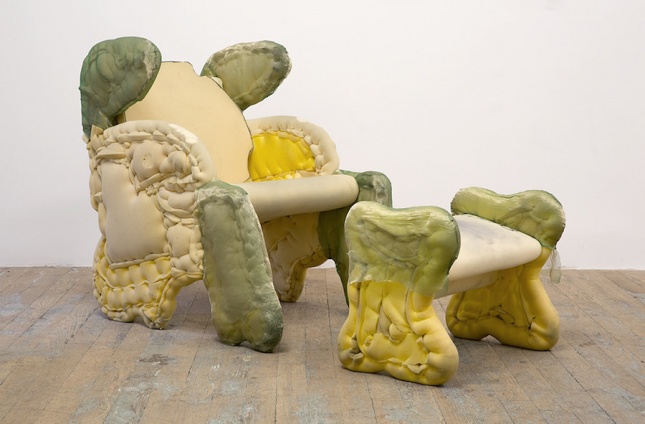
The Carnegie Museum of Art’s Heinz Architectural Center will host works by Jessi Reaves, known for her sculptural furniture that looks both familiar and somewhat grotesque, with common materials assembled in unsettling combinations that plays with ideas of incompletion in art and design.
Reaves’ voluptuous recliners will neighbor work by Beverly Semmes and her Feminist Responsibility Project (FRP), which explore issues of censorship and the female body overlaying paint onto pages of “gentlemen’s magazines.” The FRP is one project in Semme’s practice, which otherwise operates at an architectural scale. Schaffner describes Beverly Semmes’ art as flowing “from the female body and out into the landscape,” with flowing dresses the scale of a room.
New Dehli-based photographer Dayanita Singh’s concern for the physical relationship between the viewer and the photograph has led her into an exploration of architectural and spatial arrangements for her work. Singh designs standalone “museums” for her photographs that, as she described in a recent talk at the Silver Eye Center for Photography in Pittsburgh, “liberate the photograph from the wall.”
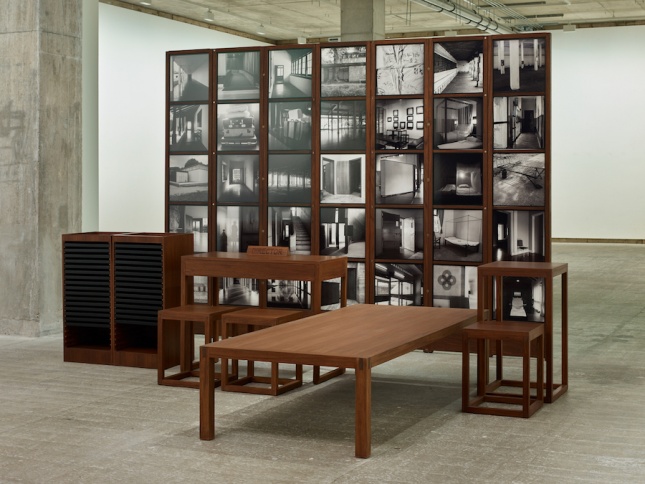
Koyo Kouoh, a Dakar-based “exhibition-maker,” will similarly take the visitor’s relationship to artwork into her own hands. Kouoh is founding artistic director of RAW Material Company in Dakar, Senegal, and for the International she will organize “Dig Where You Stand.” This exhibition within an exhibition will mine the Carnegie Museums’ collections to reconfigure the galleries devoted to “Pre-1300, African, and Asian Art.” “Koyo’s piece would be a lever for clearing this out, something the museum has wanted to do for a long time, a rupture so that we can begin again,” Schaffner said.
Though probing the term “international,” the exhibition meaningfully ties into Pittsburgh’s artists and histories. Conceptual artist Mel Bochner will make a homecoming, and Pittsburgh-based artists Lenka Clayton & Jon Rubin will develop a new work based on the International’s archives. This International will feature sculptor Thaddeus Mosley, whose wooden carvings were inspired by the Internationals of the early 1950s. Photograph from the archives of Teenie Harris, a prolific photojournalist for the Pittsburgh Courier, will offer a new look at the post-industrial city’s past.
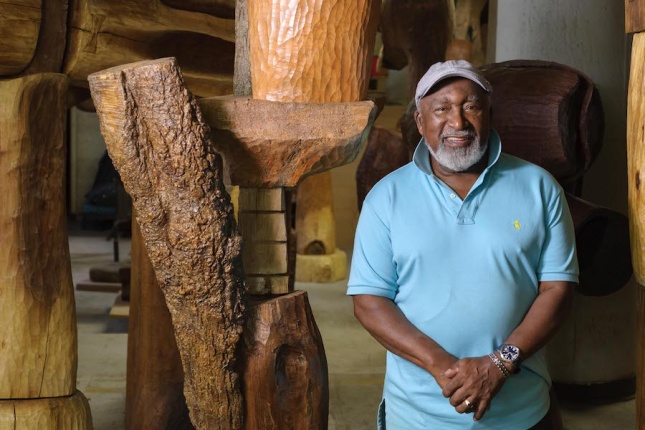
Though the International opens in October, the fun is already underway. One of Schaffner’s aims is to spark “museum joy” in visitors. In fact, the curatorial team is sharing the delight of all aspects of the exhibition, from the design process to the curatorial research, through the International’s website. Wkshps founder Prem Krishnamurthy’s article chronicles the charrettes that brought the editorial, curatorial, and design teams together early in the process to, in Schaffner’s words, “design for the unknown.”
Travelogue essays written by writers who weren’t with Schaffner on her extensive travel research take the reader into new territories nonetheless. Illustrator Maira Kalman’s fanciful interpretation of Schaffner’s pilgrimage to Zaha Hadid’s Heydar Aliyev Center in Baku, Azerbaijan and historian Markus Rediker’s analysis of Vodou Surrealism in response to a curatorial trip to the Caribbean are particularly worth a read.
Following Andrew Carnegie’s ambitions for the museum, Schaffner has tasked each artist to lead a public workshop, or “Tam O’Shanter drawing session.” Thaddeus Mosley has already done a workshop on jazz playlists, and a class used coffee to paint with Ho Chi Minh City-based collective Art Labor. In April, visitors can make zines with Mimi Cherono Ng’ok and artifact critters with Lucy Skaer. With many more events to be announced in coming months, this is already a very playful and political exhibition not to be missed.






